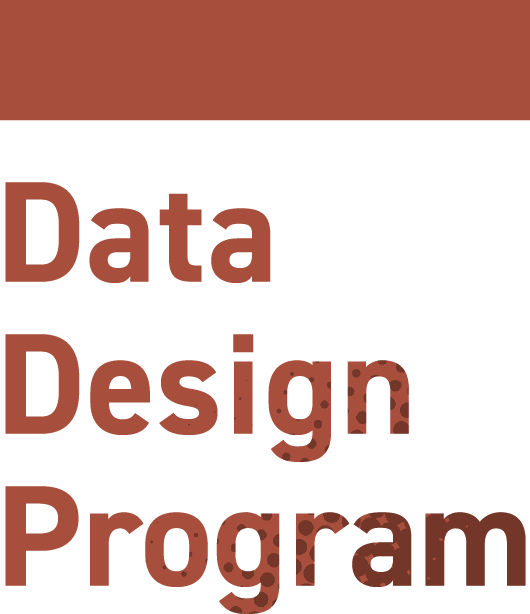 Curriculum (core courses)
Curriculum (core courses)
-
Basics of Information Science and Statistics
In recent years, cutting-edge methods such as digital social experiments using big data and collective intelligence are being used in product development and service planning. This lecture focuses on the fusion of information science and social science (including social implementation) and introduces methods for acquiring and verifying information to understand human decision-making patterns. Specifically, the first half of the lecture introduces methodologies and application examples of social experiments in the information society based on the findings of computational social science. The second half introduces the basics of statistics for drawing conclusions from data that can be useful in business situations.
-
Programming in Practice
Studying programming is said to be the simplest language study in the world. By following simple grammar and writing a few lines of code, you can communicate with data and AI. The most crucial objective of this class is to eliminate the fear of programming and to make friends with algorithms. In an active learning format, using real-world data, students can study basic Python operations, data visualization, and simple statistical analysis techniques in collaboration with their peers.
-
Basics of New Product Development Studies
It is said that only one out of 3,000 rough ideas becomes a commercially successful one. Despite being vague and difficult to manage, the front-end of new product development (i.e., idea generation, concept development) is an important process that determines the success of the product. In this lecture, we will learn a series of methods for creativity development, project management, and team management, through case studies and academic theory.
-
Design Basics
The course is composed of lectures on design delivered by a variety of professionals invited by Kazufumi Nagai, Professor at Tama Art University (and CEO of Hakuhodo Design). In this course, “design” refers to the design of products/services overall and their user interfaces.
Why study design? This is because the value of a product or service to its users varies depending on its attractiveness to users, and this ultimately affects profitability and business management. Design is also an important element of creativity education to generate new business ideas. -
Design Thinking
and Management by DesignThis course focuses on understanding the "why" of "Design Thinking" and "Design-driven Management". These two concepts have become one of the buzzwords in the field of business and policy. Although Many book, articles, and seminars show their practical examples and methods, there are limited explorations about the logic between the method and desirable results. This lecture will provide theoretical clues for those of you who will be one step ahead of "Design Thinking."
-
Media & Service Design
The word "media" is derived from the original meaning of "medium," and refers specifically to the means of conveying a wide range of information. Recently, media has not only broadly communicated information, but has also developed in new ways, such as personalization to reach target audiences more deeply, and value enhancement through more dynamic interactivity than in the past. The media are now taking a new turn by not only communicating broadly, but also personalizing their content to reach their target audience more deeply and enhancing value through more dynamic interactivity. Services are defined as "services," and in the narrow sense of the word, services performed by people for other people, but the scope of services is expanding to include not only people but also algorithms on the Web, community rules, and functions embedded in products. In particular, technological advances have blurred the boundaries between media and services, and new media-service fusion entities that effectively combine them through design approaches are attracting attention. In this lecture, the goal is to understand the recent developments in media and service design as described above, based on case studies, and to gain insight into the direction this field will take in the future.
-
Solving Social Issues
There are numerous social issues prevalent in the world. It is no exaggeration to say that countries (governments), local authorities, businesses, and NGOs all exist to address these social challenges. The seasoned journalist from the Nikkei, who have a wealth of experience in news gathering, will draw on insights gained from interviews. This course will cover significant real-world issues such as population, global warming/climate change, responses to innovation and the digital society, etc. in an omnibus format. Introducing domestic and international data and cases, the journalist will provide explanations from his unique perspective.
-
Workshop
In this workshop, students are separated into groups to develop their problem-solving abilities by discovering issues that need to be addressed, offering solutions to these issues, and developing prototypes embodying their proposals. This process emphasizes the use of data as well as design concepts.
In addition, the course aims to have students develop a better understanding of the process from problem identification to problem solving and acquire the fundamental skills necessary for implementing this process.
Completion Requirements
The Data Design Program was launched within the Faculty of Commerce and Management. This is a three-year program starting in the second year and ending in the fourth year.
To successfully complete the program, students must earn 16 required credits and 10 elective credits for a total of 26 credits from classes offered in the DDP curriculum. Students who successfully complete the requirements will be awarded a certificate of completion by the Dean of the Faculty of Commerce and Management.
Students may pause their studies to study abroad, take a leave of absence, or other activity. Credits earned at an institution where a student has studied abroad may be recognized, but not included among the credits required for program completion.



